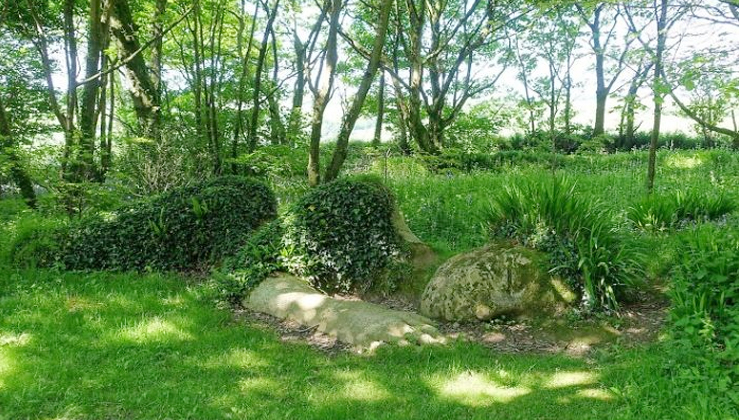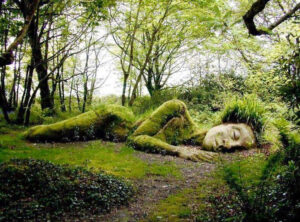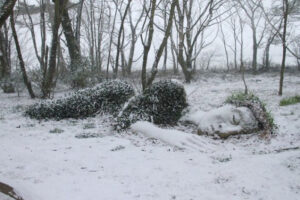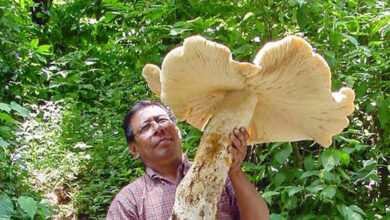The Mud Maid of Heligan: A Living Sculpture That Changes With the Seasons

Discover the Mud Maid, a living sculpture in Cornwall’s Lost Gardens of Heligan, whose appearance transforms with the seasons thanks to living plants woven into her design.
Enchanting Living Sculpture Transforms With the Seasons in Cornwall’s Lost Gardens of Heligan
Nestled in the heart of Cornwall’s mythical landscape in Southwest England, The Lost Gardens of Heligan are a testament to nature, art, and restoration. Spanning 200 acres, this lush haven—Europe’s largest garden restoration effort—is a dream destination for wanderers, nature enthusiasts, and those with a love for romance and magic. Among the garden’s hidden marvels is the ethereal Mud Maid, a beloved living sculpture that seems straight out of a fairytale. Created in 1997 by talented sibling artists Pete and Sue Hill, the Mud Maid resides peacefully within the Woodland Walk, captivating visitors with her seasonal transformations.

This unique sculpture is “alive”—her appearance changes throughout the year. In spring and summer, her mossy hair and ivy-clad figure are green and full of life, while in autumn and winter, she takes on a more subdued and restful look as nature retreats. This seasonal metamorphosis makes each visit to the gardens a new and magical experience. The Hills designed the Mud Maid using an internal structure of timber and windbreak netting, covered with sticky mud to create the base form. Her face, crafted from a mixture of mud, sand, and cement, was initially treated with yogurt to encourage the growth of lichens, adding texture and a naturally aged look. Her verdant hair is made from Woodsedge and Montbretia, while trailing ivy forms her leafy gown.

The Mud Maid has a companion in the gardens—The Giant’s Head, another of the Hills’ whimsical sculptures. Both figures deepen the sense of wonder within Heligan’s ancient woodland paths and contribute to the gardens’ magical atmosphere. Established in the 18th century by the Tremayne family, the gardens once flourished under the care of 22 skilled gardeners. But when World War I broke out, most of them joined the war effort, leaving the estate to slowly fall into neglect. It wasn’t until decades later that Heligan was lovingly restored to its former glory. Today, thanks to artists like the Hill siblings and dedicated garden stewards, The Lost Gardens of Heligan welcome thousands of visitors each year, drawn in by its rich history and enchanting natural art.





